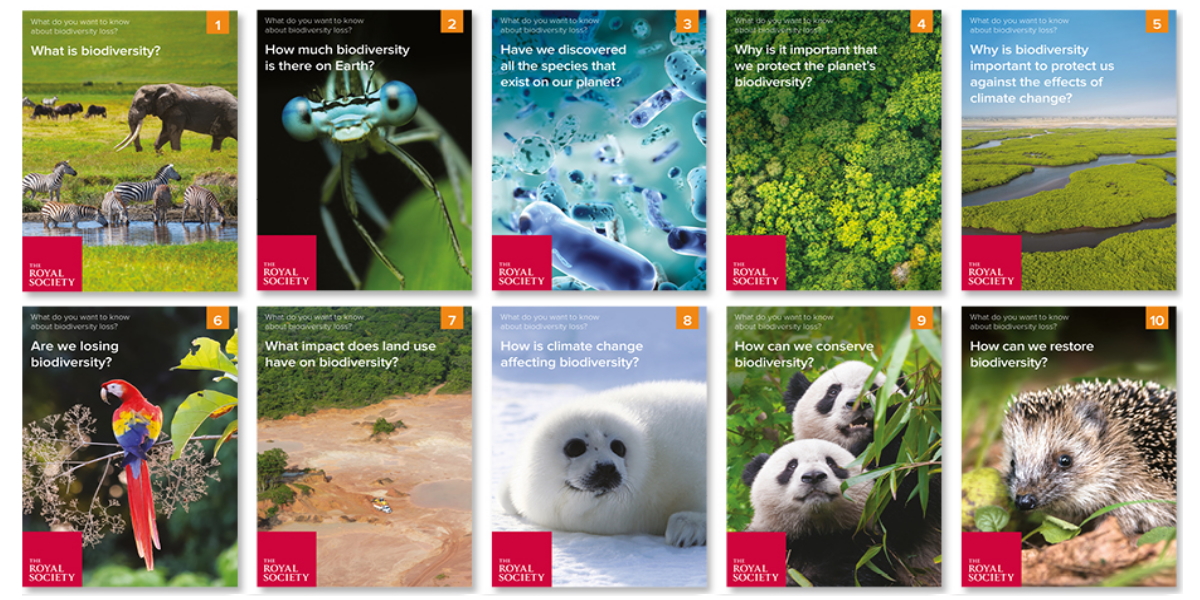Filters
Clear allSubject
- Careers (5) Apply Careers filter
- Climate Change (6) Apply Climate Change filter
- Computing (53) Apply Computing filter
- Creative arts and media (10) Apply Creative arts and media filter
- Cross curricular (57) Apply Cross curricular filter
- Design and technology (90) Apply Design and technology filter
- Engineering (31) Apply Engineering filter
- Food Preparation and Nutrition (2) Apply Food Preparation and Nutrition filter
- Mathematics (52) Apply Mathematics filter
- Science (183) Apply Science filter
- Space (5) Apply Space filter
- STEM Ambassadors (6) Apply STEM Ambassadors filter
- STEM Clubs (1) Apply STEM Clubs filter
Age range
Type
- Activity sheet (133) Apply Activity sheet filter
- Assessment (8) Apply Assessment filter
- Audio (4) Apply Audio filter
- Experiment (3) Apply Experiment filter
- Game (4) Apply Game filter
- Group work (9) Apply Group work filter
- Image (16) Apply Image filter
- Information sheet (30) Apply Information sheet filter
- Interactive resource (9) Apply Interactive resource filter
- Poster (14) Apply Poster filter
- (-) Remove Presentation filter Presentation
- Research (5) Apply Research filter
- Self assessment (1) Apply Self assessment filter
- Teacher guidance (179) Apply Teacher guidance filter
- Textbook (3) Apply Textbook filter
- Video (34) Apply Video filter
- Include Physical Resources (0) Apply Include Physical Resources filter
Showing 296 results
This resource focusses on position and direction using vector and polar coordinates, with the theme of a pirate treasure map. In this activity, learners will look at different methods to find position and direction on a map. They will learn how to use coordinates and bearings using angle and distance. Alongside...
This teaching package, aimed at Key Stages Two and Three, investigates the science of tree rings (dendrochronology). Linked to the topics of plants and living things and their habitats, it looks at cut tree trunks to determine the age of the tree, how fast it grew and...
In this primary resource, children work scientifically to investigate the effects of various conditions on plant growth. The activities are set in a real-life context, that of a sports company who wish to provide a turf surface suitable for a range of activities. Information is required on suitable grass types and...
This resource produced by ARKive supports the teaching of life-cycles at key stage two. It looks at mammals, amphibians, reptiles and plants and finds similarities between the life cycles of animals and plants within each group, as well as some of the similarities and differences between these groups. There is a...
This ASE SYCD: Science Year Primary resource presents case studies from two Scottish schools, one small and one large, showing how a variety of technologies has been used with children at all stages of primary schooling.
Simple guidance on how to support your pupils in using the computer to research a topic...
This activity away from the computer is from the Barefoot Computing project. It is intended to provide a theoretical understanding of why and how variables are used in computer programming, using the example of score-keeping in a classroom quiz. Involving several volunteers from the group, the activity uses...
This paired-programming activity from the Barefoot Computing project focusses on sequences in algorithms and programs.
Children create an animation of a Viking raid – ideally they will have previously studied Vikings...
This activity shows how Earth observation can be used to study human geography by comparing the satellite images of Las Vegas over the last few decades. Linking to measurement of irregular areas and addition and multiplication of fractions, it asks children to measure the area of Las Vegas at three separate times...
In this resource pupils will learn that volcanoes are openings in the Earth’s rocky surface and can be active, dormant or extinct. They will learn about the structure of a volcano, how volcanoes form and different types of eruption then create their own erupting volcano using washing-up liquid, bicarbonate of soda...
This activity comes with a handy teacher's guide and lesson plan, a set of easy to read questions aimed at probing deeper thinking in your pupils, and an informative presentation to run the activity. Learn how water is able to walk between glasses, using an absorbent bridge. Teach about water transport in plants,...
This activity uses satellite images of the Earth to show how a glacier has changed over almost three decades. Children are asked to measure the glacier to find out how much it has changed in size and to compare false-colour images to suggest how this helps us find out more about environmental change. Guidance on...
Produced by The Centre for Industry Education Collaboration (CIEC), these resources help to put curriculum science in a real life context.
Children follow the use of water from a reservoir, through an industrial site where it is treated, used as cooling water, and treated again before being returned to a...
This activity looks at water consumption on a local and global scale. Students learn about the main water contaminants and various methods of purification and the role of engineers and their approach to design challenges. The resource aims to inspire an interest in water conservation and to introduce students to...
From ARKive, this creative activity is designed to teach 7-11 year olds about endangered species, what it means to be endangered and what causes a species to become endangered. It also features examples of conservation in action and ideas for how the students can help. After a presentation, each student is given an...

These evidence-based, question and answer style classroom resources can be used to engage students of all ages...
